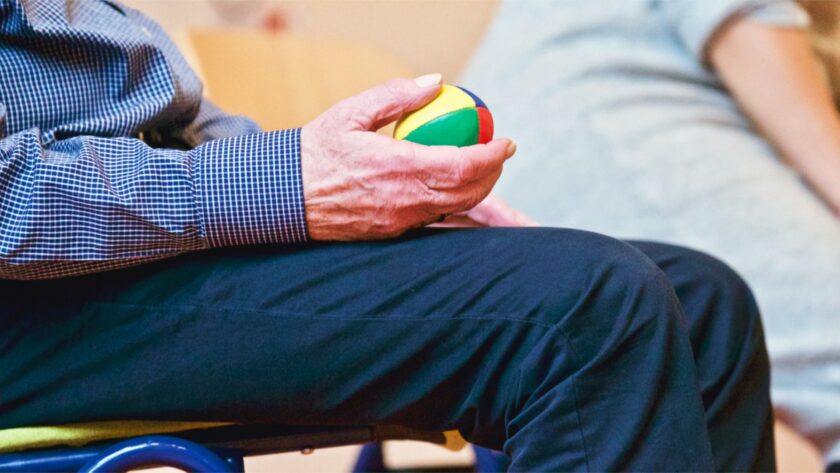The natural instinct for most of us, when we fall, is to get back up again as quickly as possible. However, for some people, this natural response is not so easy. Even the slightest misstep can prove costly in a work environment where there are slippery surfaces and hazards lurking around every corner.
Unfortunately, statistics show that nursing homes are particularly susceptible to slips and fall among employees. In fact, industrial accidents like slipping and falling happen far more frequently than many people realize.
That’s why it’s so important to understand how you can prevent slip and fall accidents in a nursing home before they occur. Keep reading to learn more about the risks of slips and falls in the workplace and what you need to know to avoid them!
Slip and Fall Hazards in Nursing Homes
Slips and falls are common hazards for anyone in an industrial work environment. Unfortunately, nursing homes face particularly high risks for this type of accident. Nursing home employees are at risk of serious fall injuries because of the unique challenges that come with providing care in a medical setting.
These include:
- Inconsistent flooring: Facility floors may vary widely in terms of their condition and quality. Some may be old, have loose tiles, or be uneven in spots. Likewise, surfaces such as tiles and grout can become extremely slippery when they are wet.
- Limited visibility: In a hospital or medical setting, there are often obstacles and equipment that block visibility. This can include wheelchairs, medical carts, or other heavy equipment.
- Limited mobility: People in nursing homes often have a lower level of mobility and strength compared to people outside of the medical field. This can make it even more difficult to get up after a fall.
- No designated fall prevention: Many industrial workplaces have specific policies and protocols in place to prevent accidents, such as slips and falls. In a nursing home setting, these are not always in place.
What are the most common causes of slip-and-fall accidents?
The most common causes of slip-and-fall accidents in nursing homes are the result of human error. No one intends to trip and fall on the job, but it does happen all too often. In fact, the most common cause of slip and fall accidents at work is stepping in a puddle of unknown origin.
Other common causes include:
- Stepping in wet or sticky substances: This could be food, liquid, or other material. Oftentimes, people are stepping into something they don’t even realize is there. – Staying in one place for too long: This causes muscles to get tense and makes it more difficult to move quickly.
- Losing one’s balance: A strong gust of wind or a misstep on uneven ground can knock you off balance, causing you to fall.
- Not paying attention: You need to stay alert and be careful when stepping around a work area. If you are too focused on a task, you are more likely to misstep.
Should Employees Worry About Slip and Fall Accidents at Work?
These accidents are preventable, and they are a source of significant concern for many industrial businesses. In fact, many organizations have implemented specific protocols to help reduce the risk of accidents like these.
If a slip-and-fall accident does happen, the results could be devastating for the victim and the business. Medical costs from treating a fall injury can be significant, and even a small accident can dramatically impact productivity.
Even if someone is not hurt, a slip or fall can cause considerable disruption and distraction, wasting time and money. Fortunately, there are a number of ways to prevent slip and fall accidents in the workplace.
How to Prevent Slip and Fall Accidents in the Nursing Home
Preventing slip and fall accidents at work is easier than you might think. Employers can help to reduce the risk of accidents by following a few simple guidelines. For example, it is important to have proper flooring in areas where there is heavy foot traffic.
This includes installing matting or other floorings in areas that are prone to moisture. It is also important to keep walkways and pathways clear of debris. Employers can also take steps to help prevent employees from losing their balance. This includes giving workers the right tools for the job and providing regular breaks.
Employers can also put in place specific protocols for dealing with spills. For example, liquids should be cleaned up promptly to reduce the risk of slipping.
Bottom line
Slip and fall accidents are a serious issue in many industries, and nursing homes are no exception. Fortunately, employers can take a variety of steps to reduce the risk of accidents like these and help workers stay safe at work. By following the tips in this article, you can help prevent slip and fall accidents during your shift.




